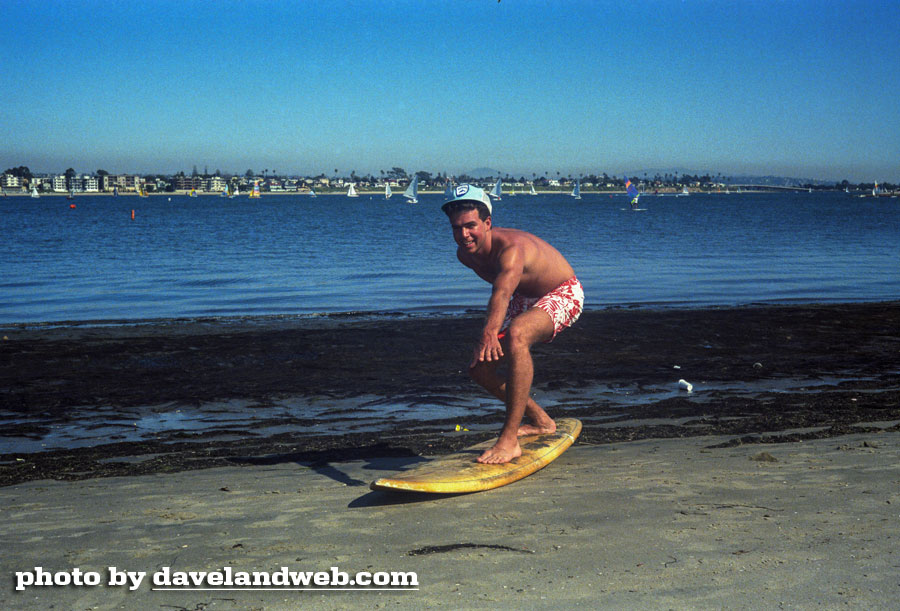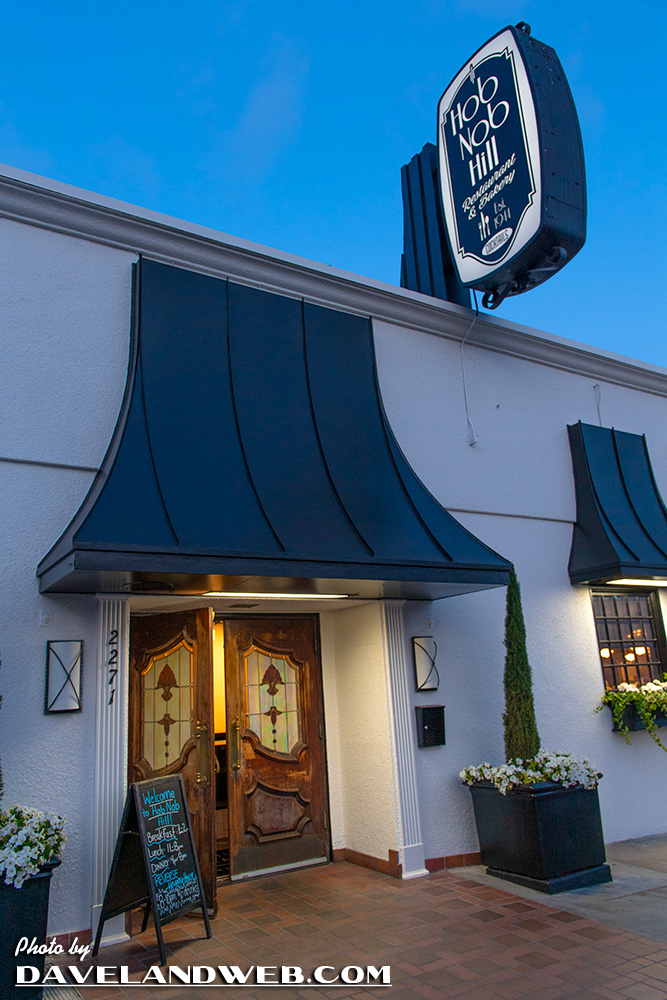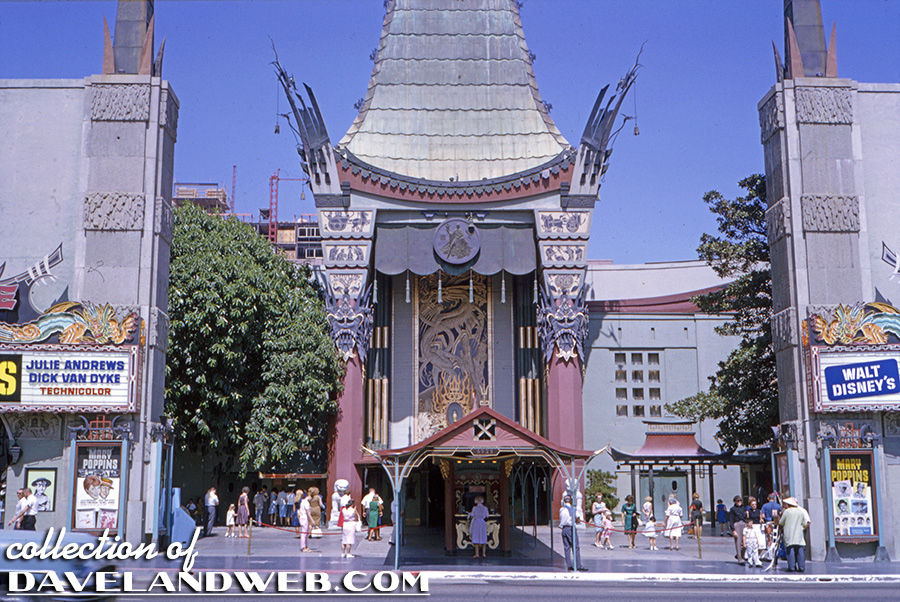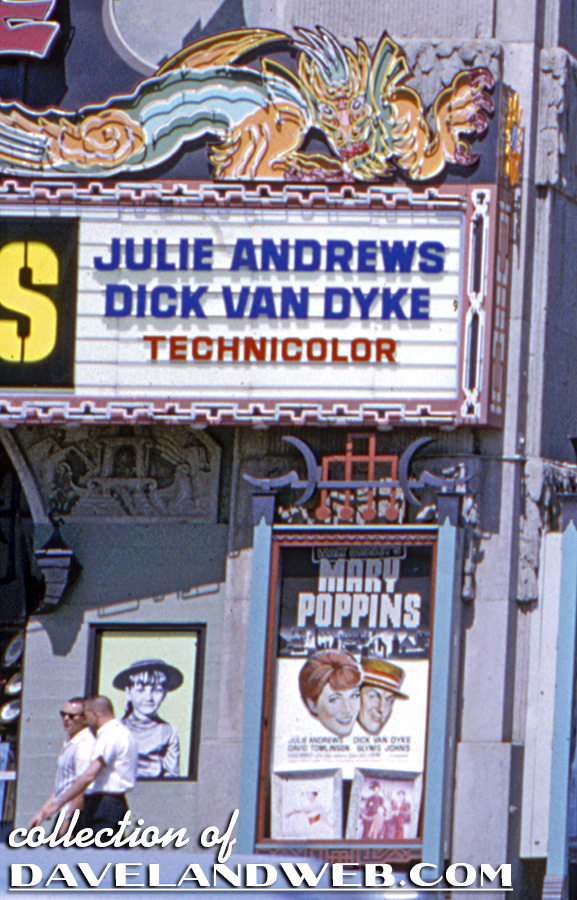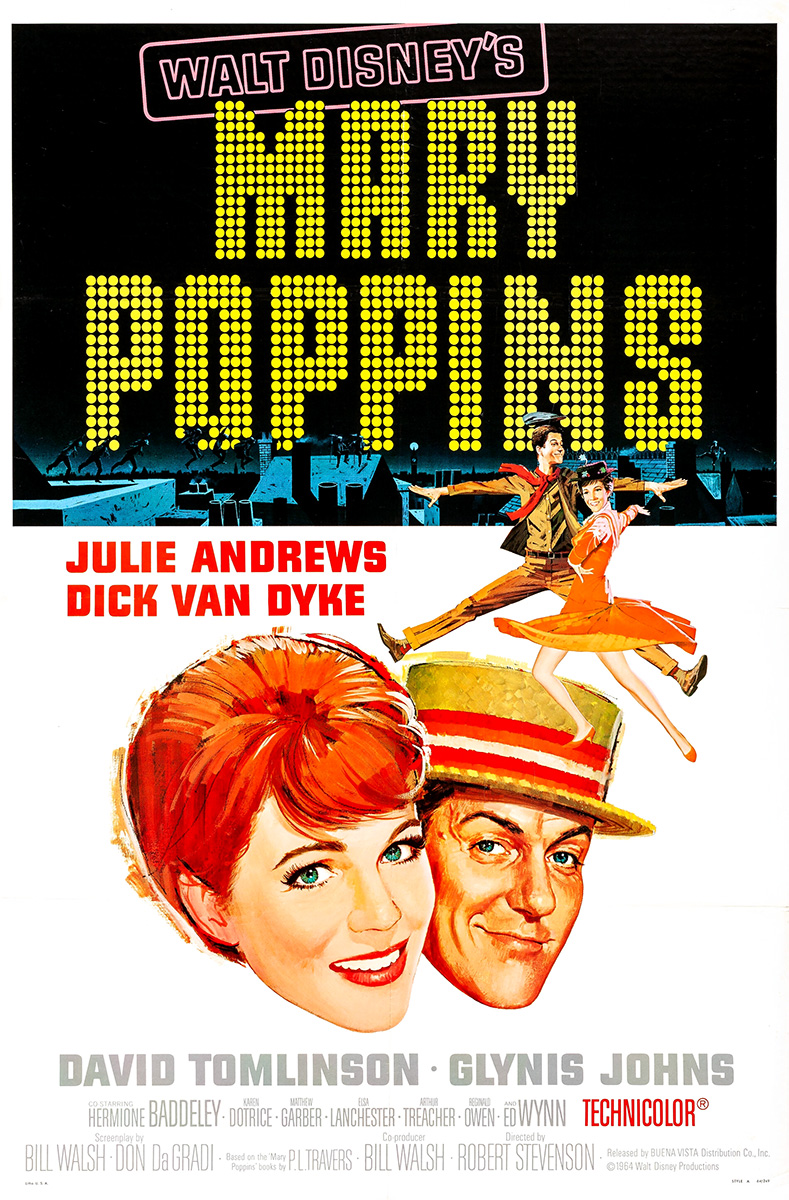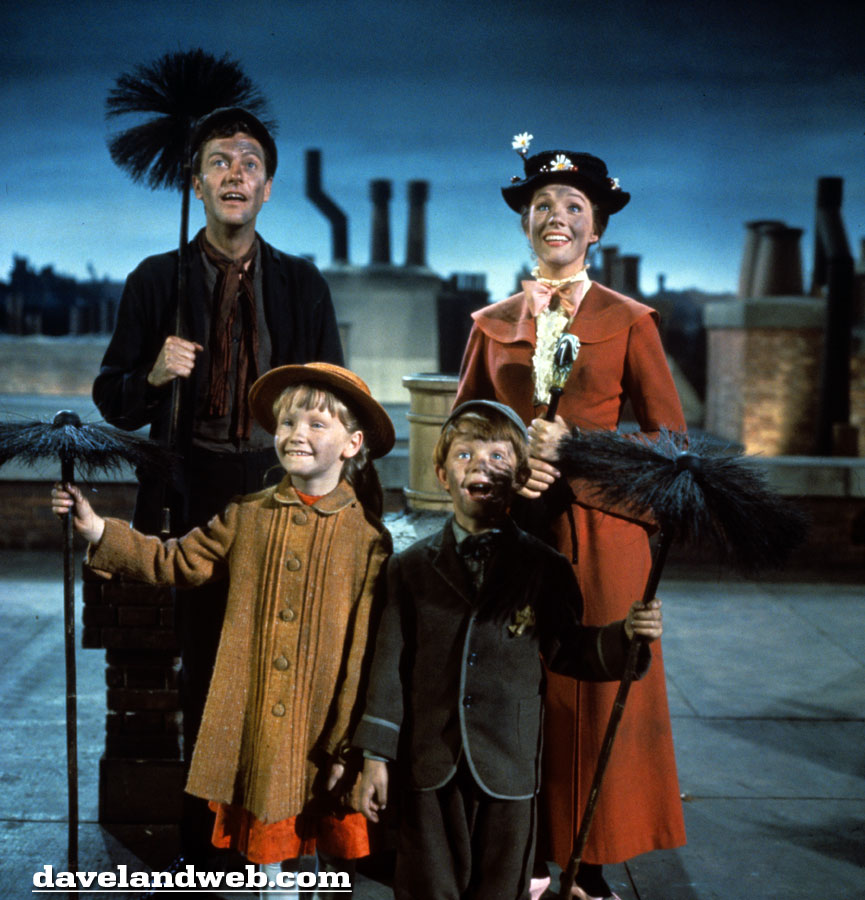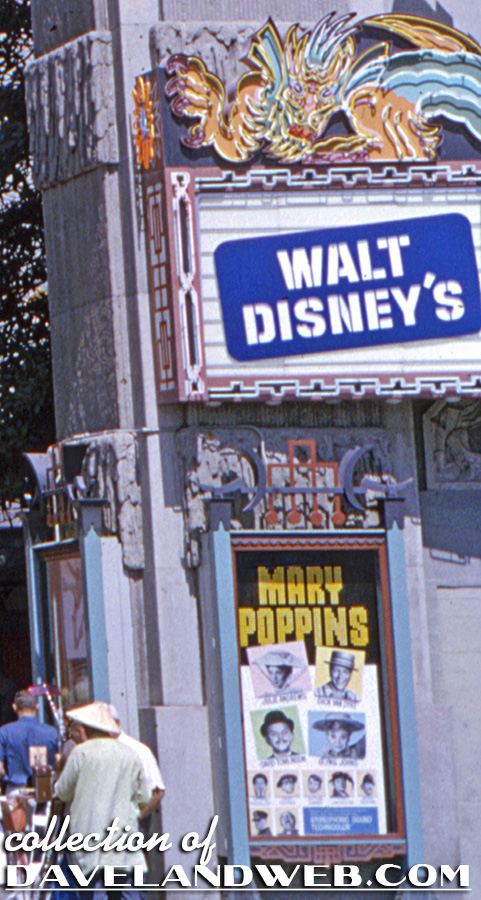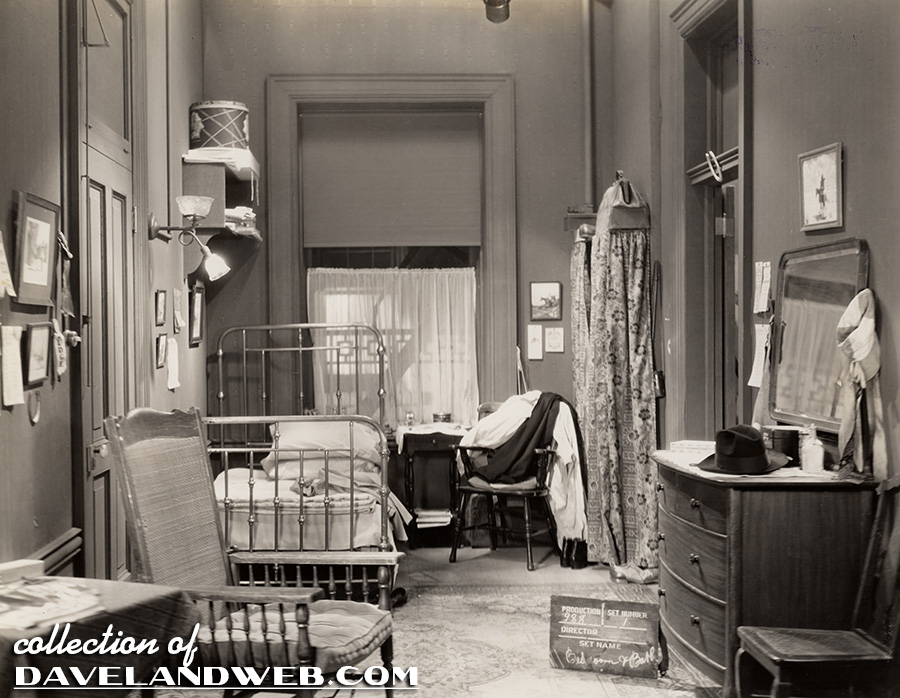
Today gives a rare behind-the-scenes glimpse of Shirley’s breakout lead role in Paramount’s “Little Miss Marker” (1934). I acquired a large collection of set stills that I am now pairing with publicity shots, screenshots, and fascinating tidbits to highlight the often unappreciated work that set designers and art directors do, in this case the uncredited Hans Dreier and John B. Goodman. Set number 1 was the tiny apartment of the crusty bookie Sorrowful Jones (Adolphe Menjou)
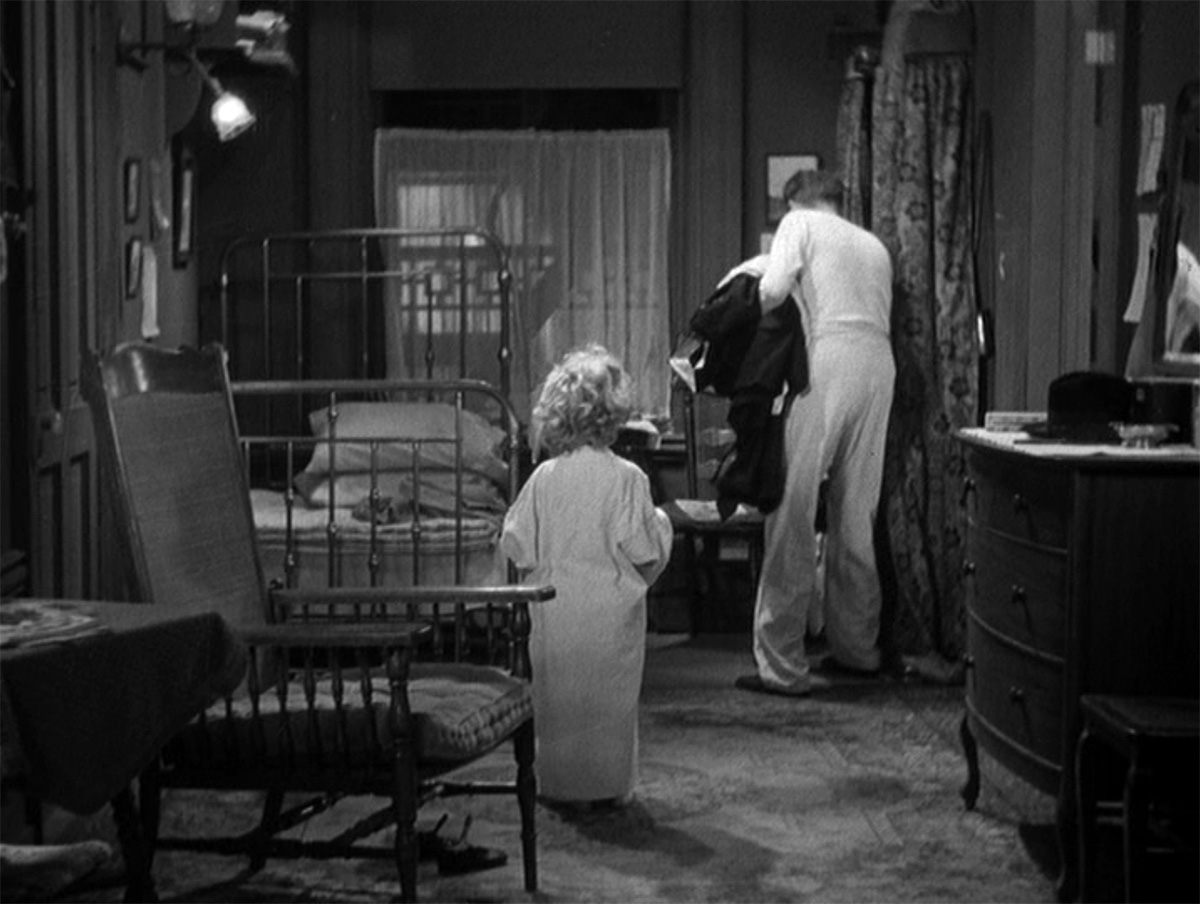
At this point, the film had only been assigned a production number; the name of it had not been settled, as you can see by the slate below. I love zooming in on the details that are chosen to be included in the set design, such as the shoes seen below:
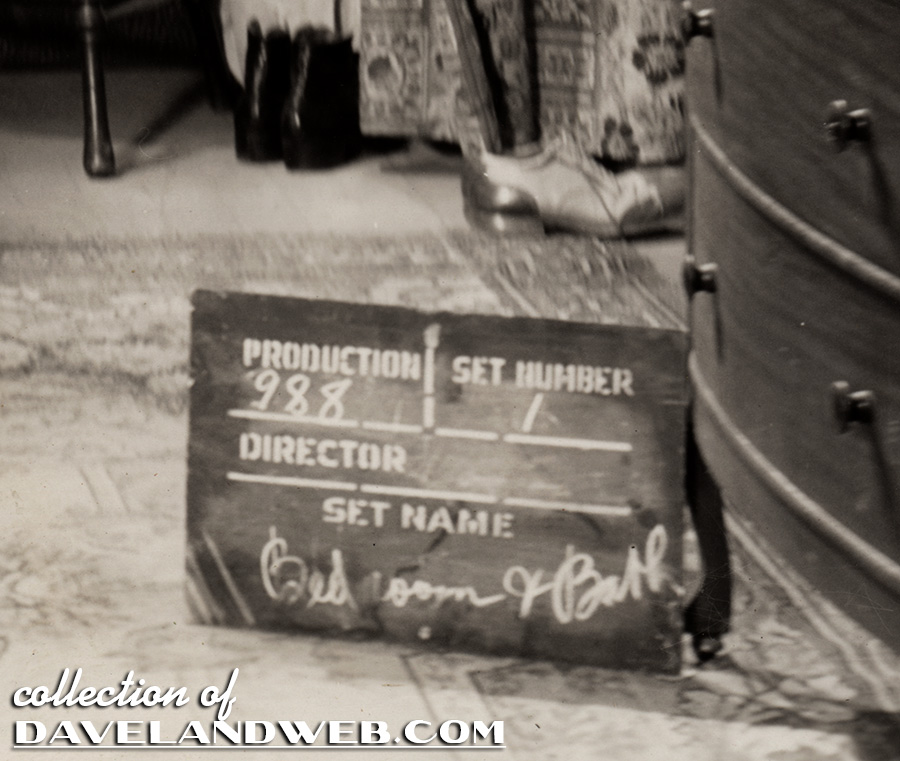
A kitchen set built for Sorrowful’s new and improved apartment, which he rented in order to make room for Shirley:
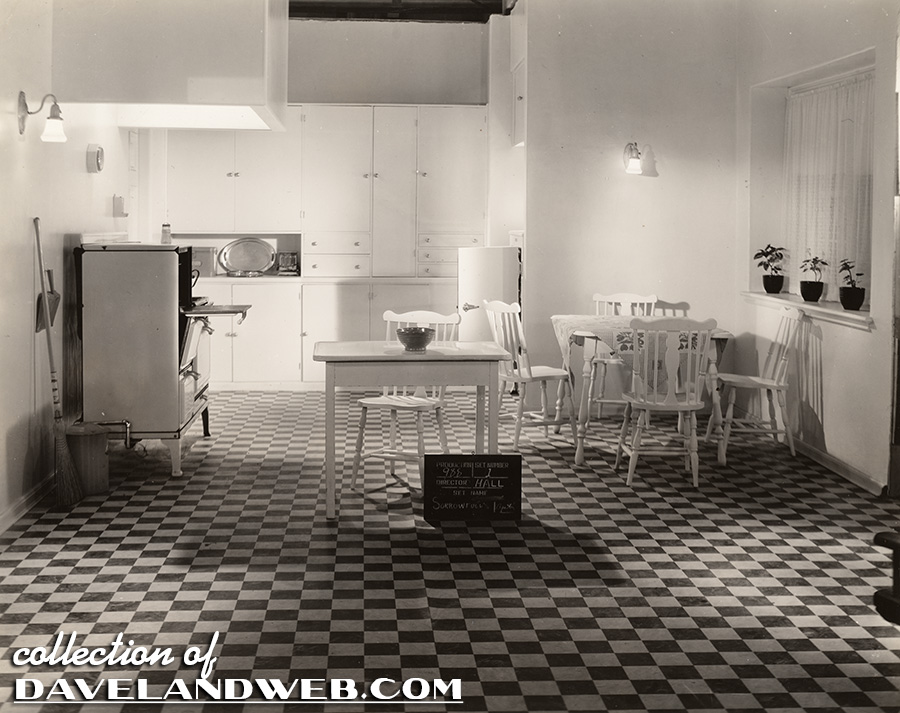
John Kelly and Warren Hymer supplied the physical comedy relief with their not-so-bright characters of Canvas and Sore Toe:
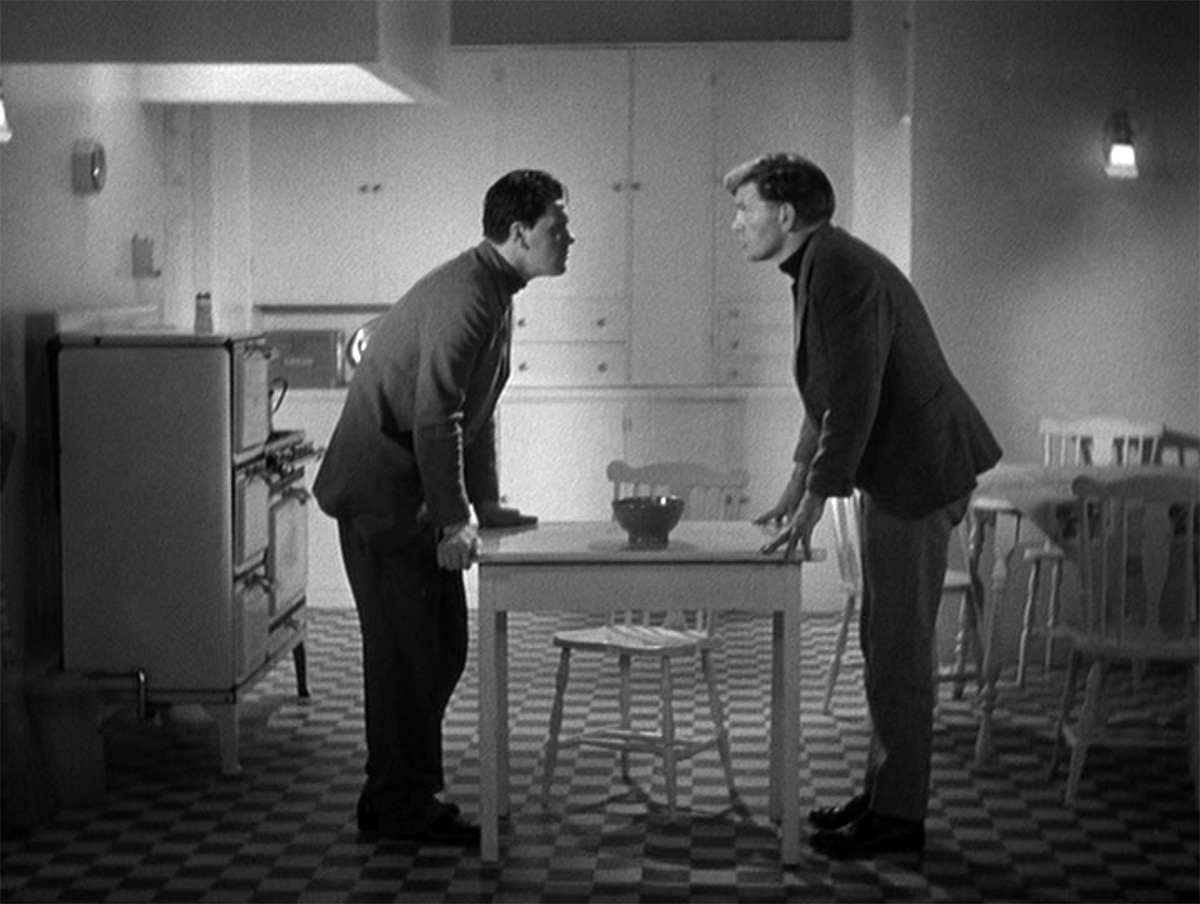
Even the refrigerator of a movie set has to be “dressed”; anyone like carrots?
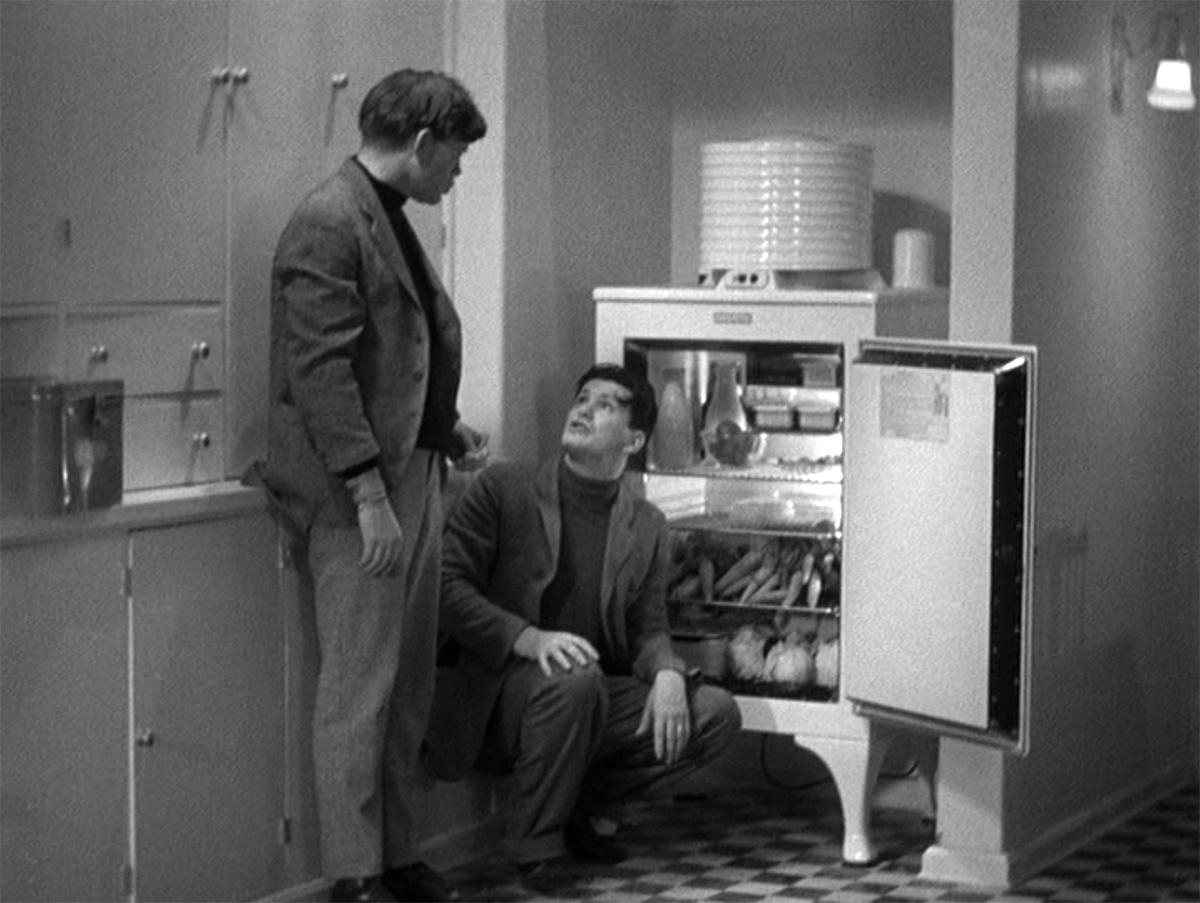
One of the scenes with Shirley and Adolphe in the kitchen:
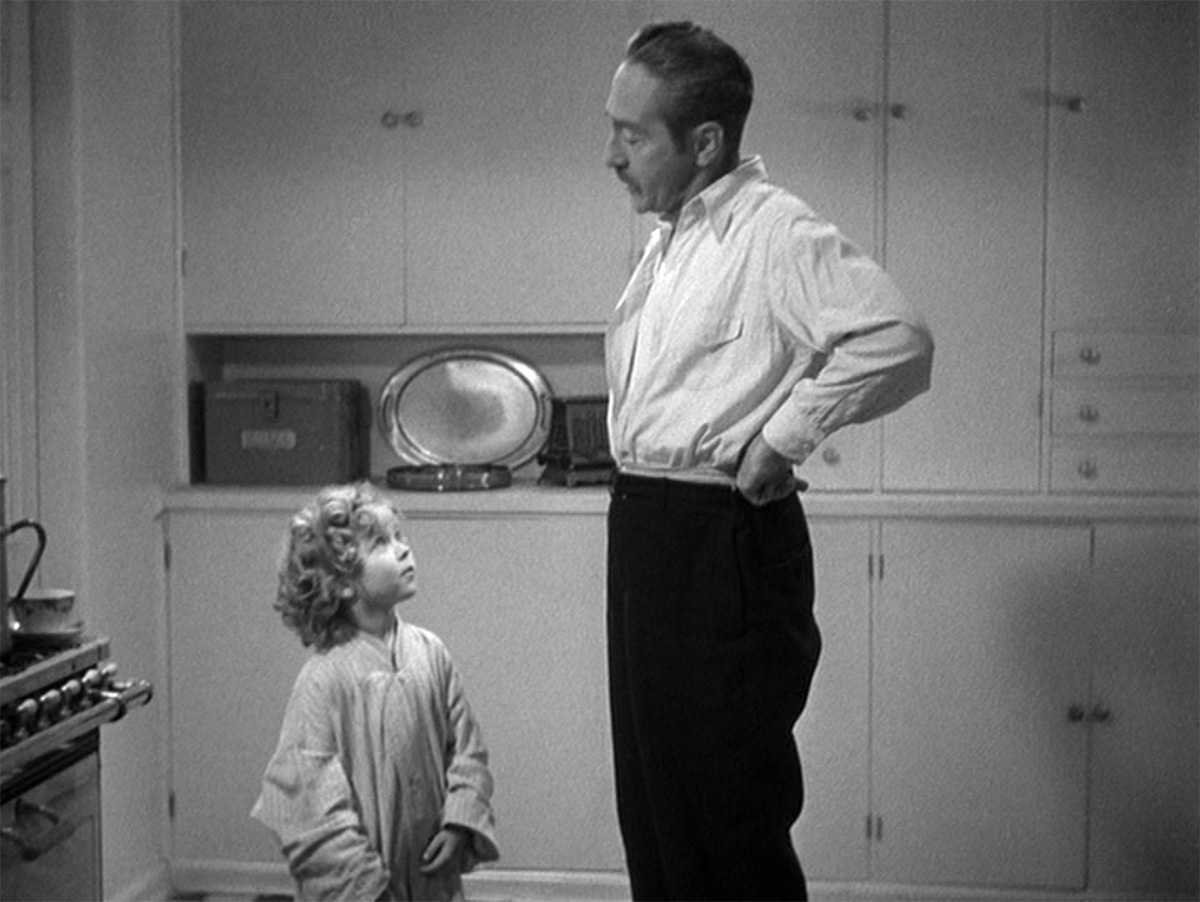
The bedroom of Sorrowful’s second apartment:
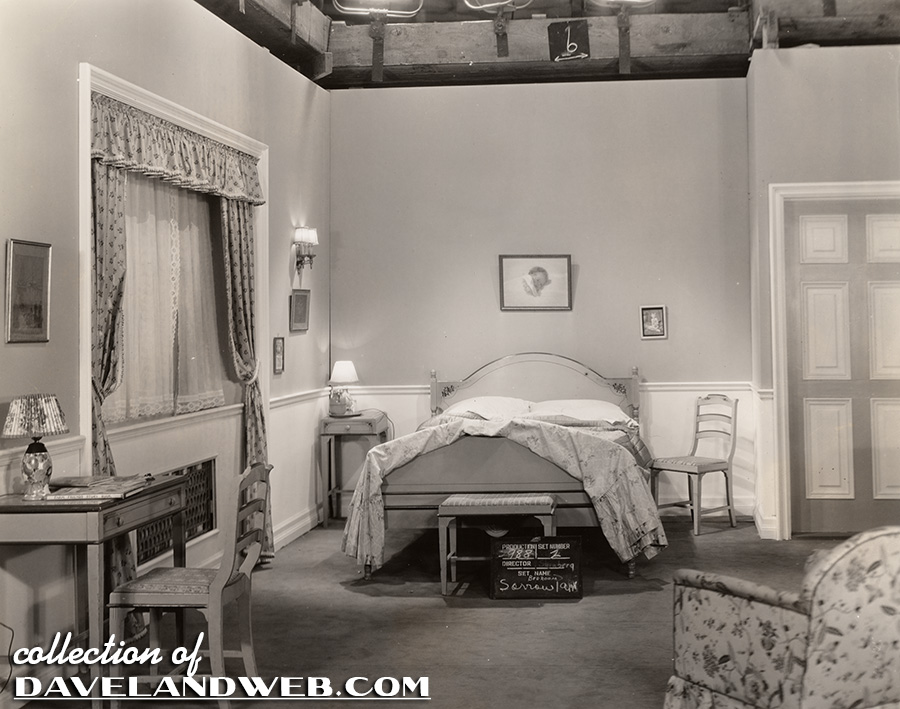
By combining two screenshots, I was able to achieve more of a panoramic view of the set as seen in the final film. Sore Toe and Canvas were attempting to cheer up Shirley’s character with their comic rough-housing and acrobatics:
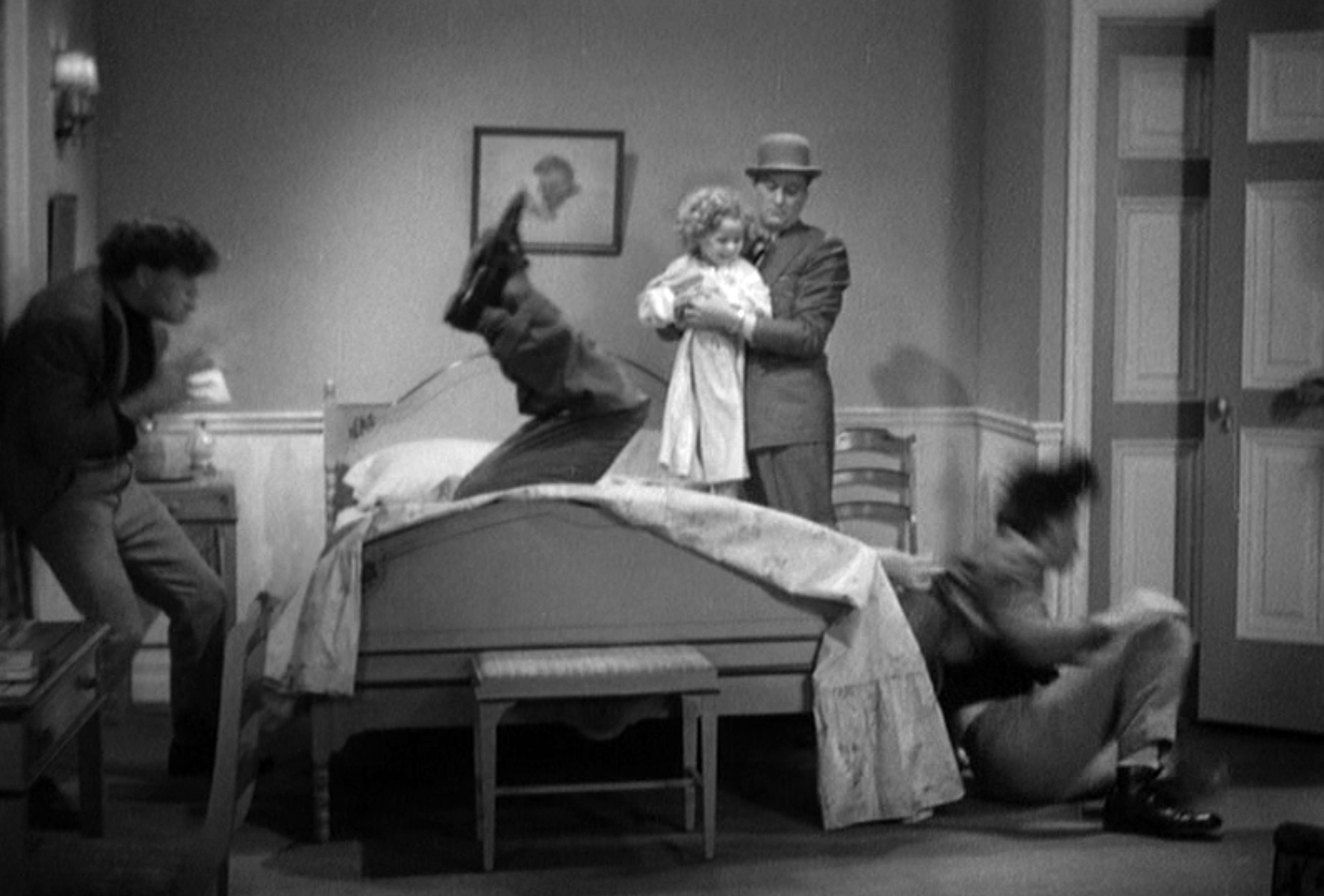
On the nightstand you can see the children’s book,
Farm Friends Story Book:
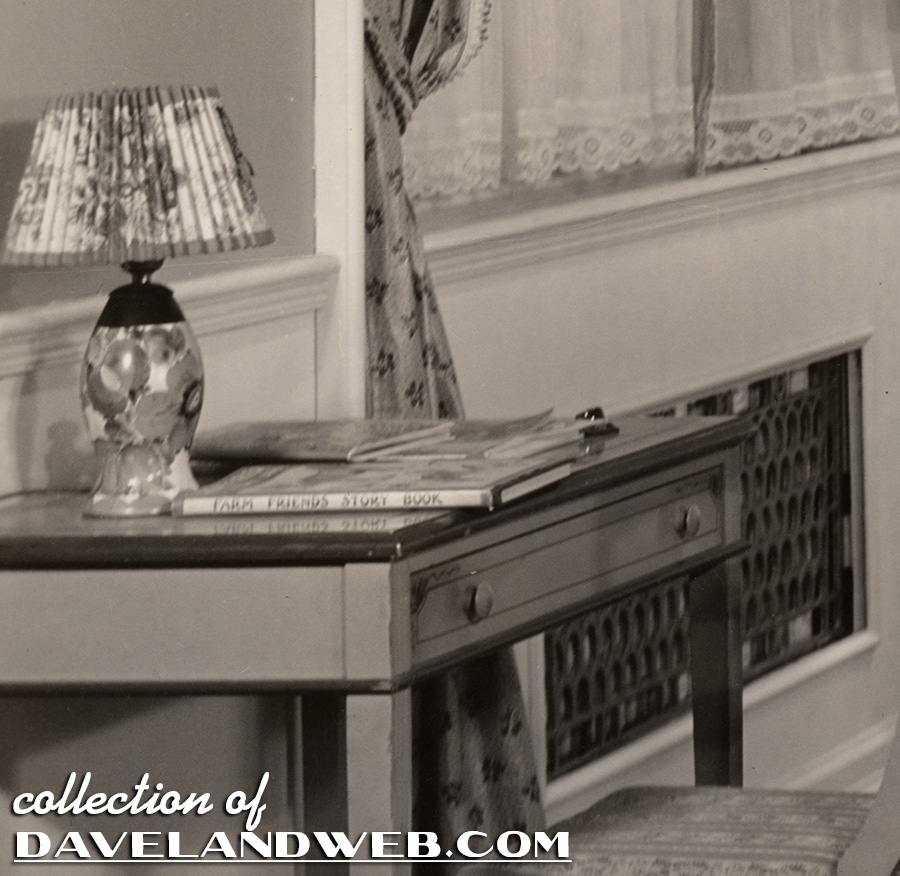
I found a copy on ebay:
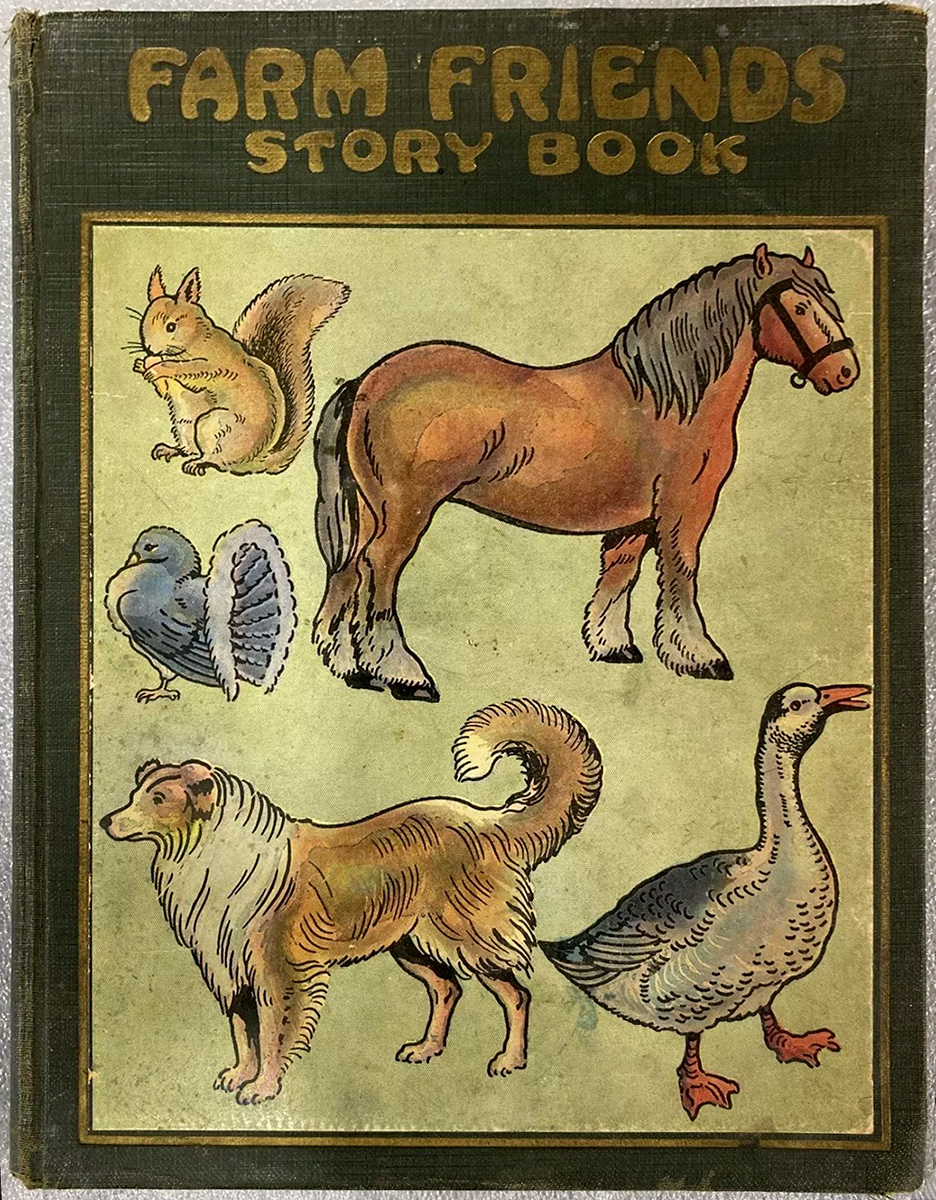

By the time the film was shot, this edition was about six years old:
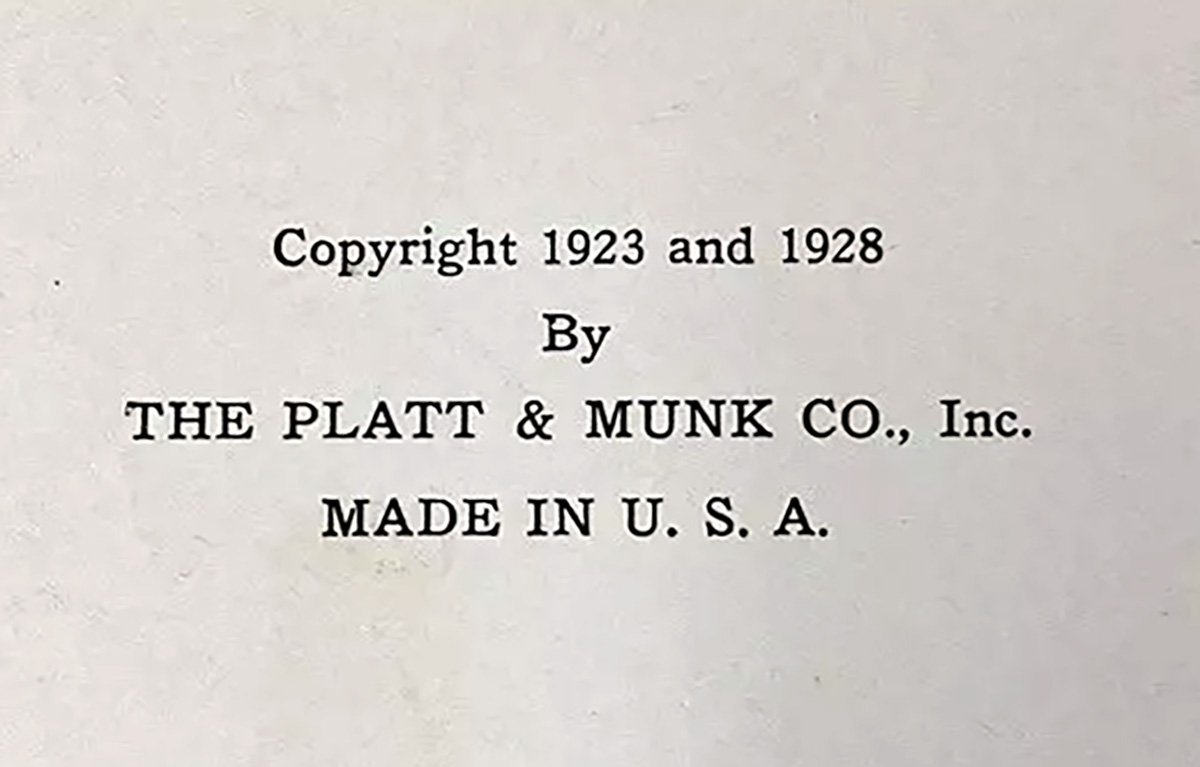
A closeup of the bed:
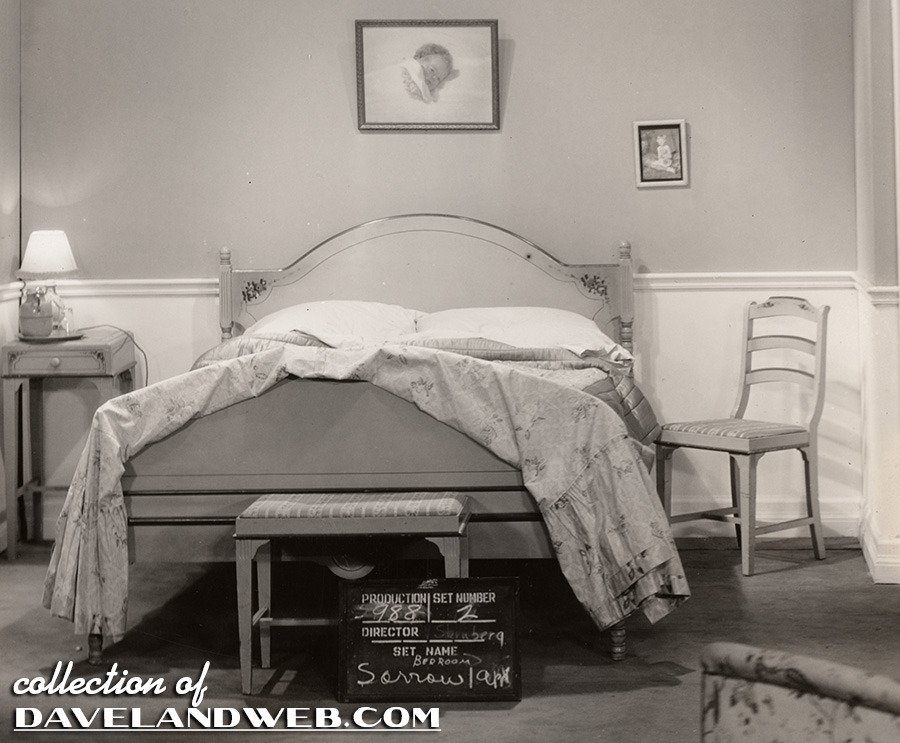
Shirley’s character, Marker, wants a bedtime story. Apparently not remembering that
Farm Friends was nearby, Sorrowful takes the Racing Times and converts it into a tale to appease the little girl.
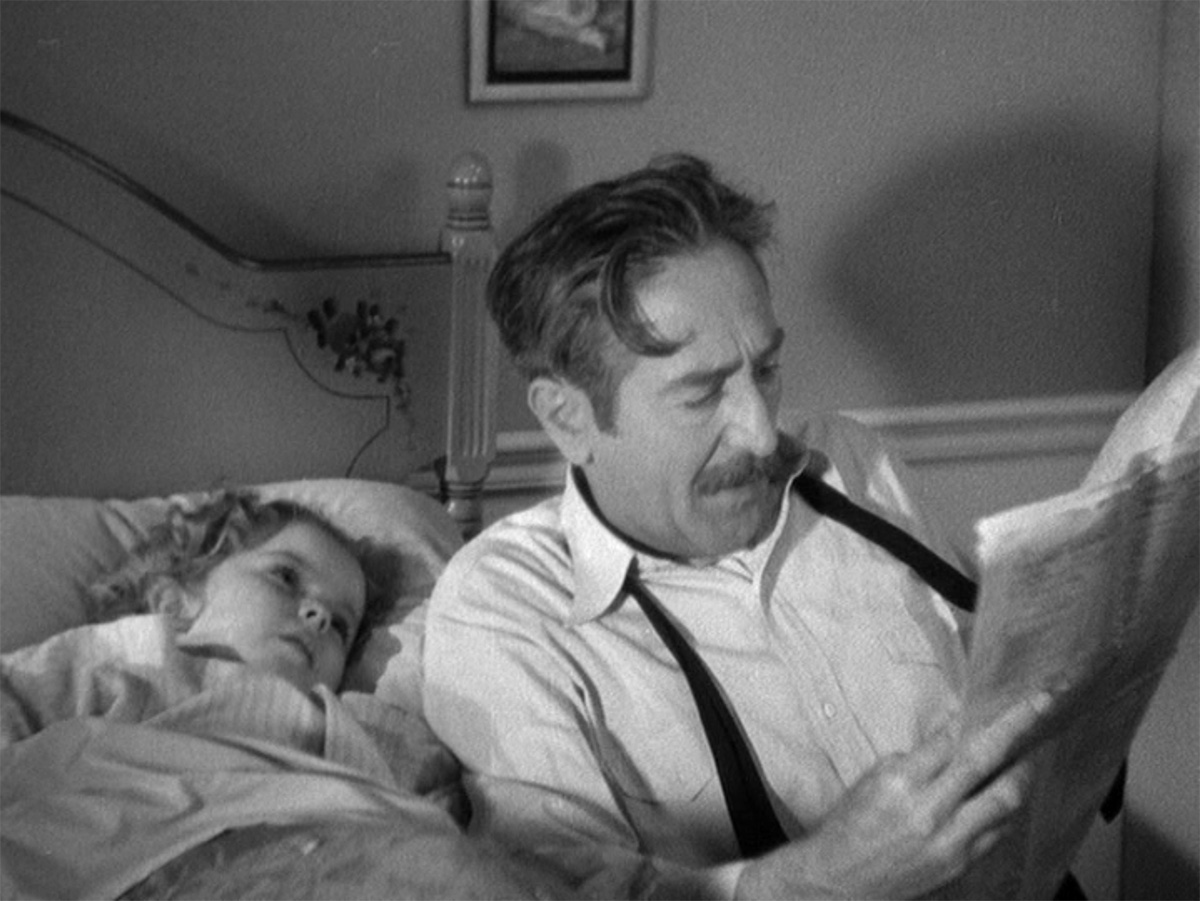
A publicity shot of director Alexander Hall with Shirley in the same bedroom:
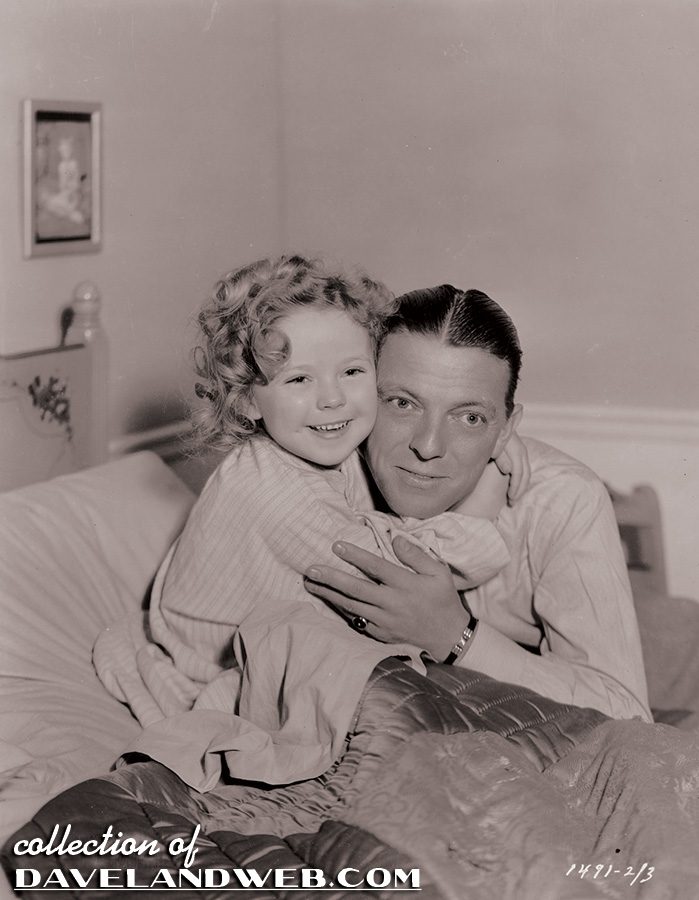
An alternate shot of the same set:
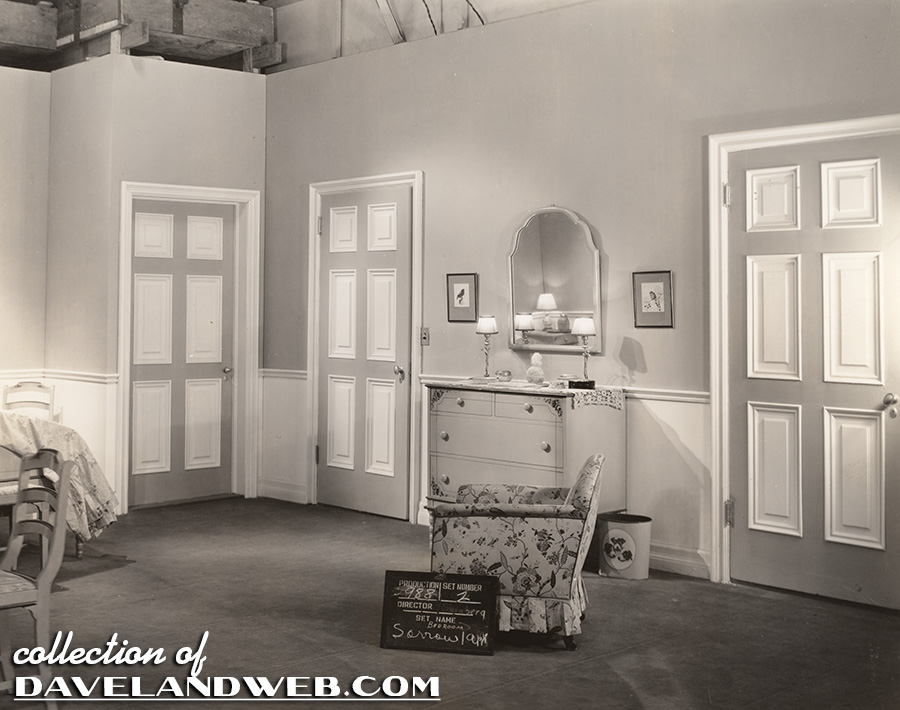
Out in the living room, the boys play poker; in the background is a seated Warren Hymer:
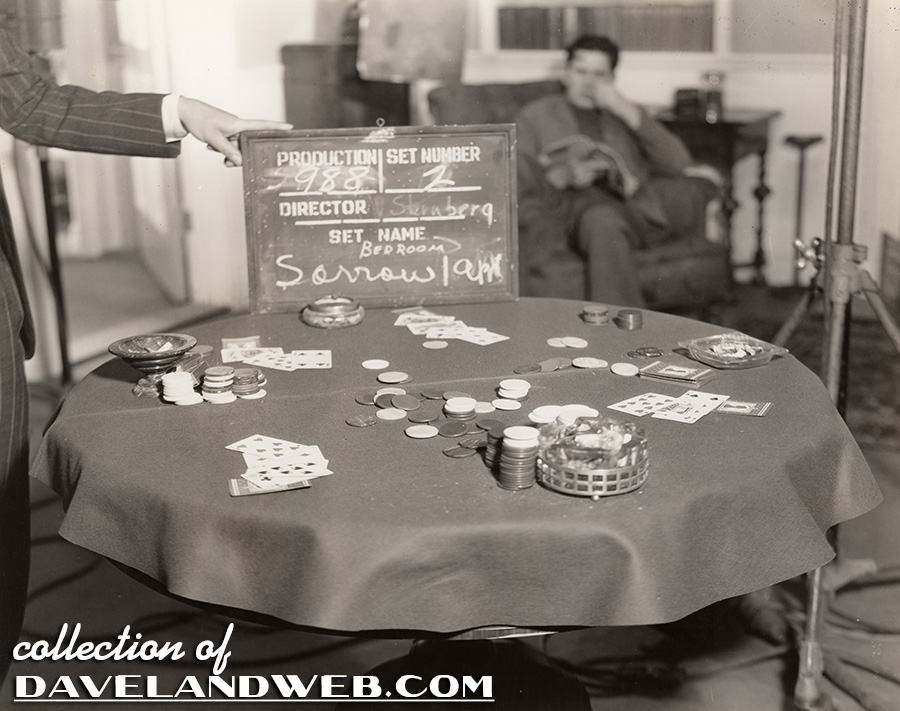
How it looked in the film:
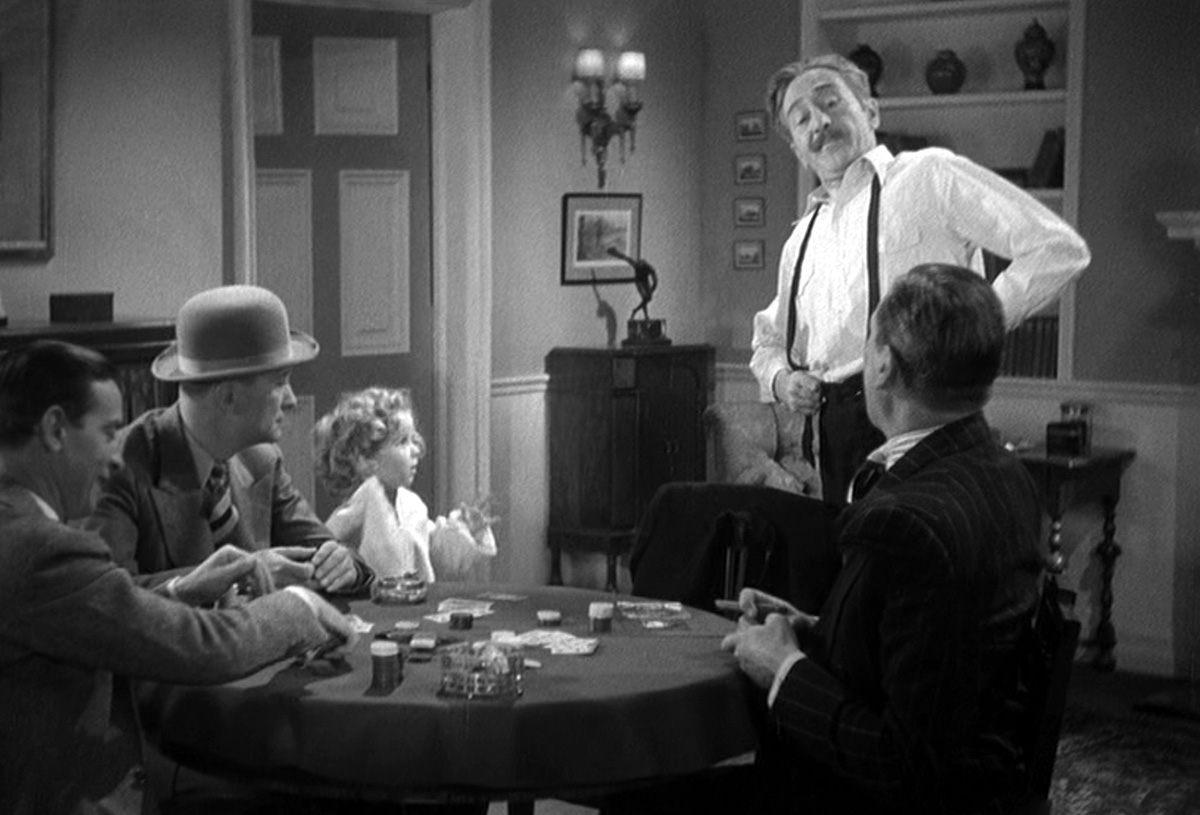
In examining the slate, you can see that the director’s name was Sternberg, as in Josef von Sternberg of Marlene Dietrich fame. Whether he was the original director or somebody didn’t wipe the slate clean from a previous production is not sure.
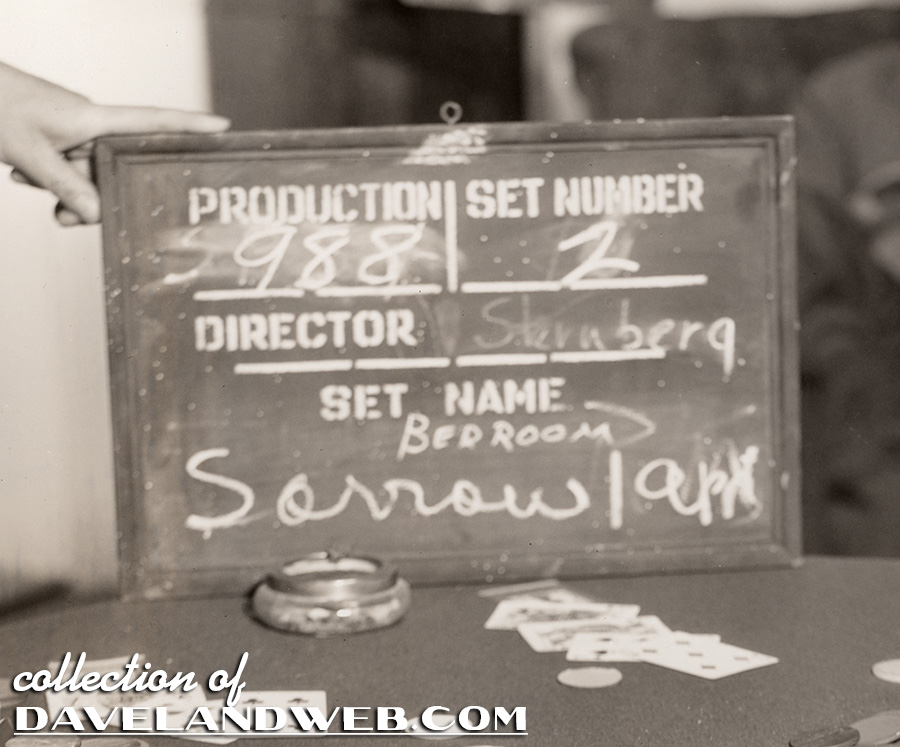
An alternate shot of the living room area:
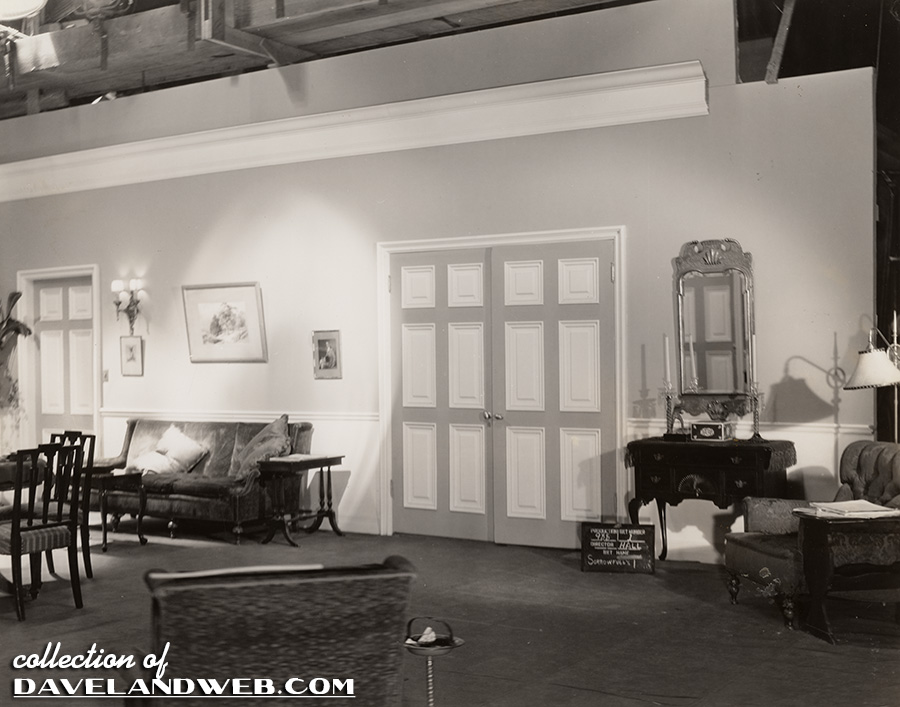
This set still shows the office of hardened gang kingpin Big Steve (Charles Bickford):
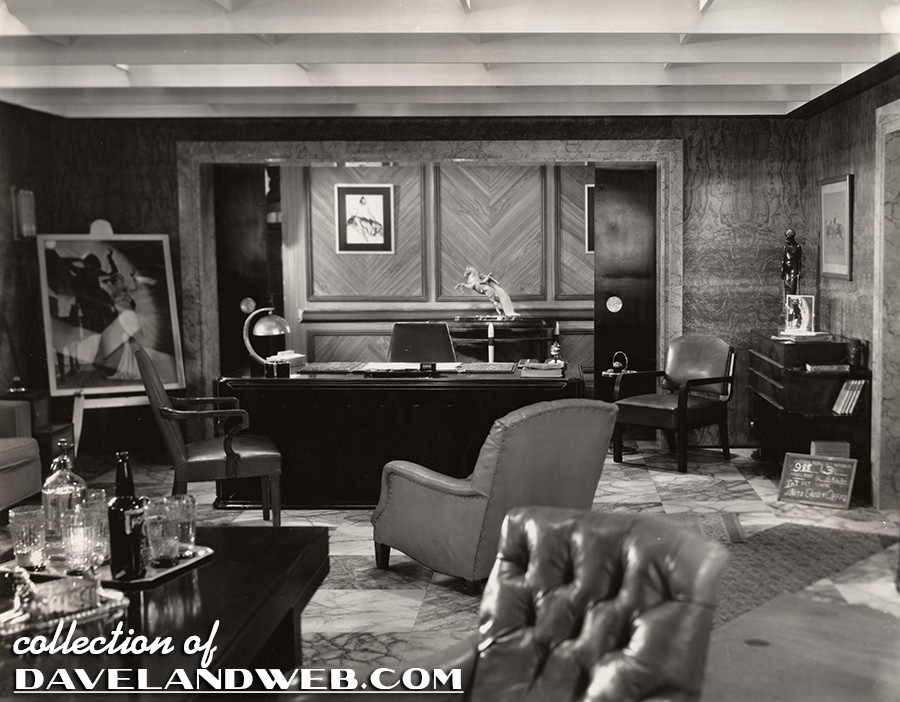
As seen in the film, with Tammany Young on the left and Bickford making a call on the right:
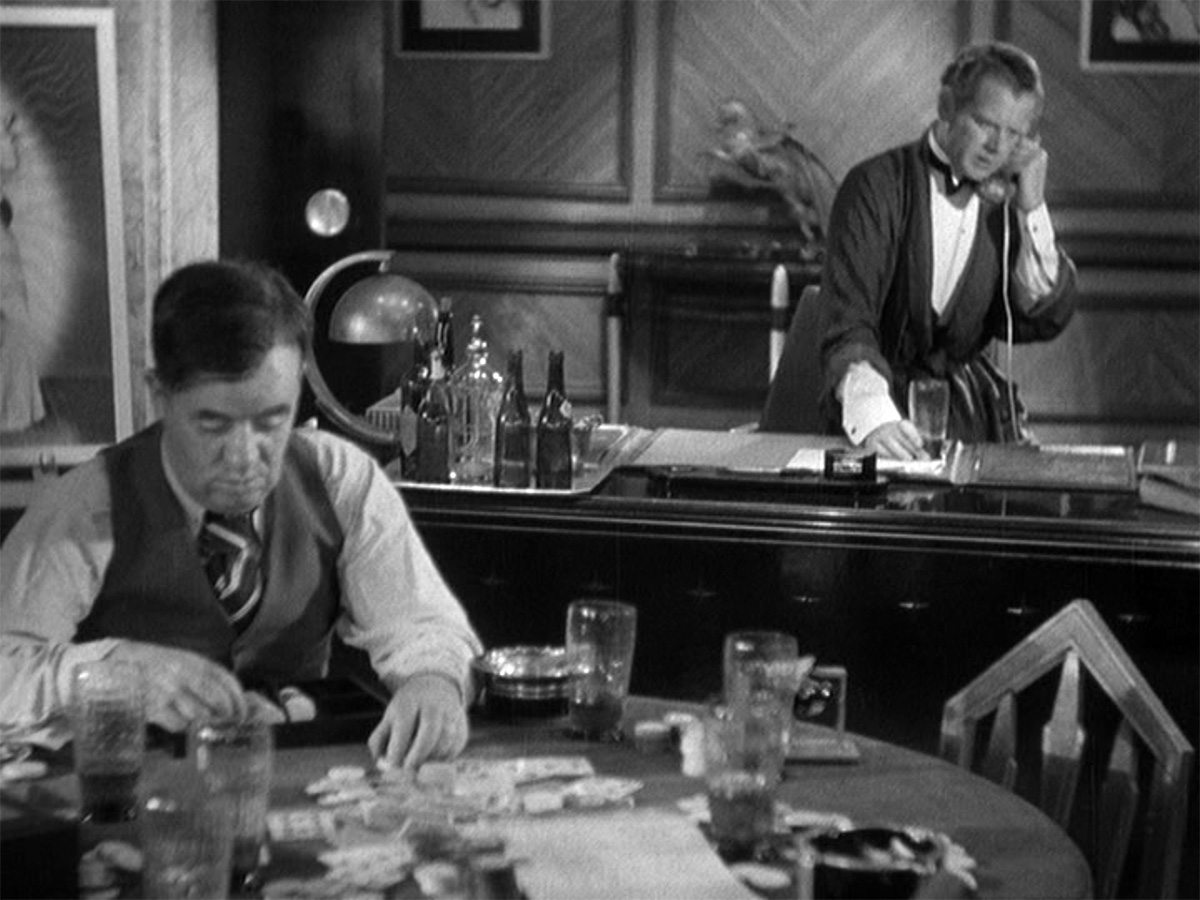
A publicity shot of the office, with unknown actor, Frank McGlynn Sr., Bickford, and Tammany Young:
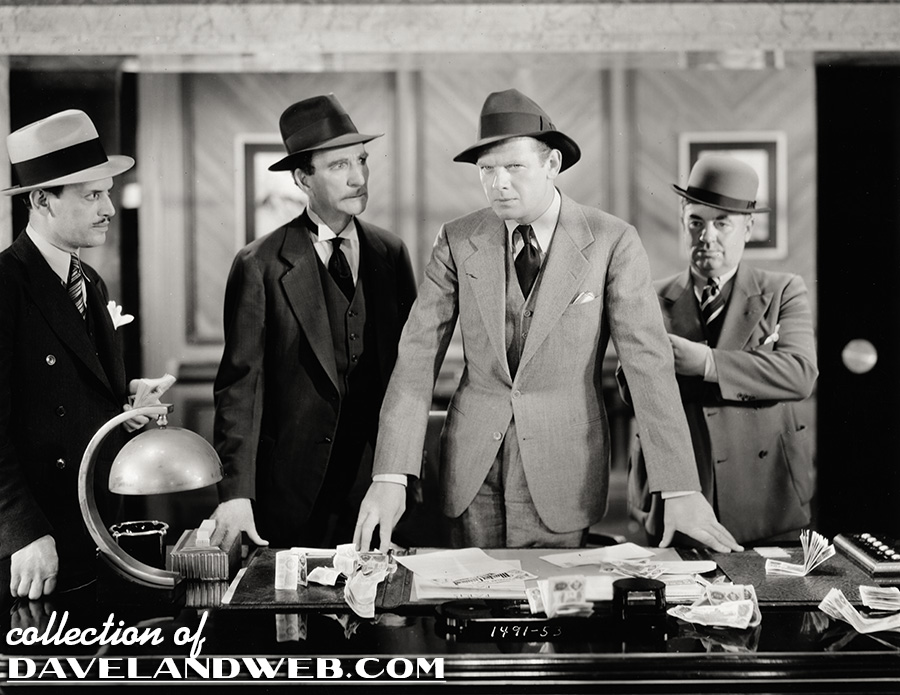
McGlynn would later play Abraham Lincoln in Shirley’s “The Littlest Rebel” (1935):
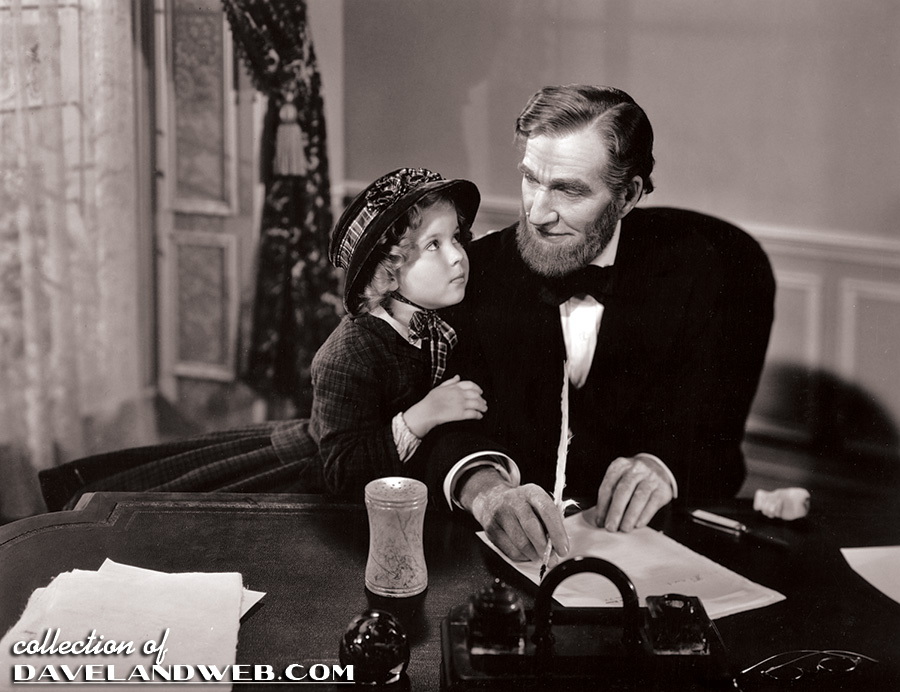
Zooming in to the office set, you can see a large shot of Dorothy Dell’s character sitting on an easel:
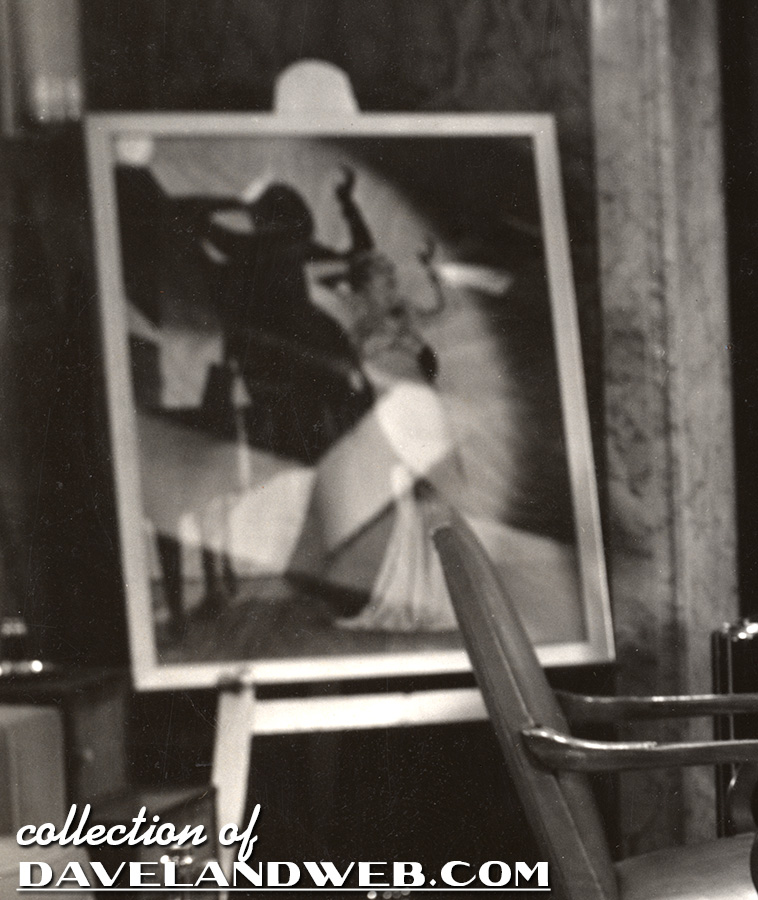
The same image was used on the film’s sheet music:
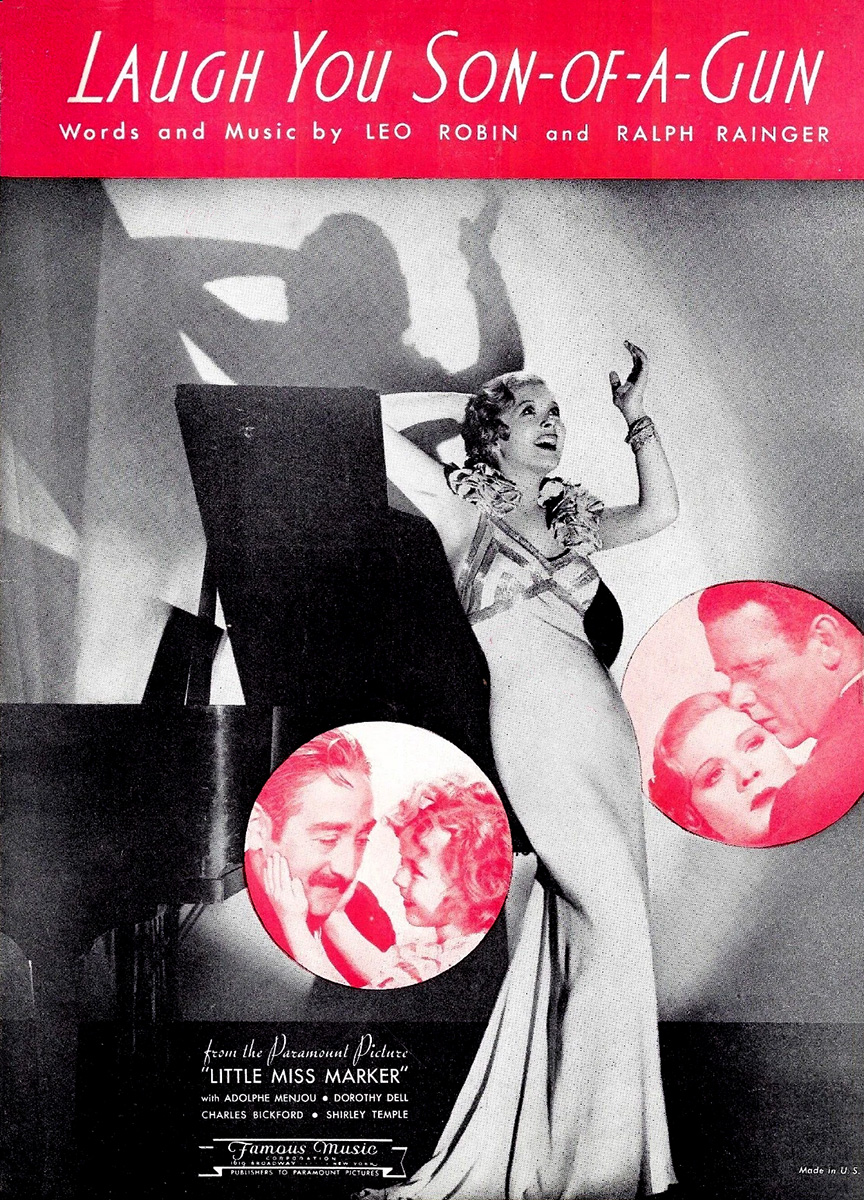
An alternate shot from the same photo session, showing Dell, who typically played sultry Mae West parts, but gave them an extra level of vulnerability:
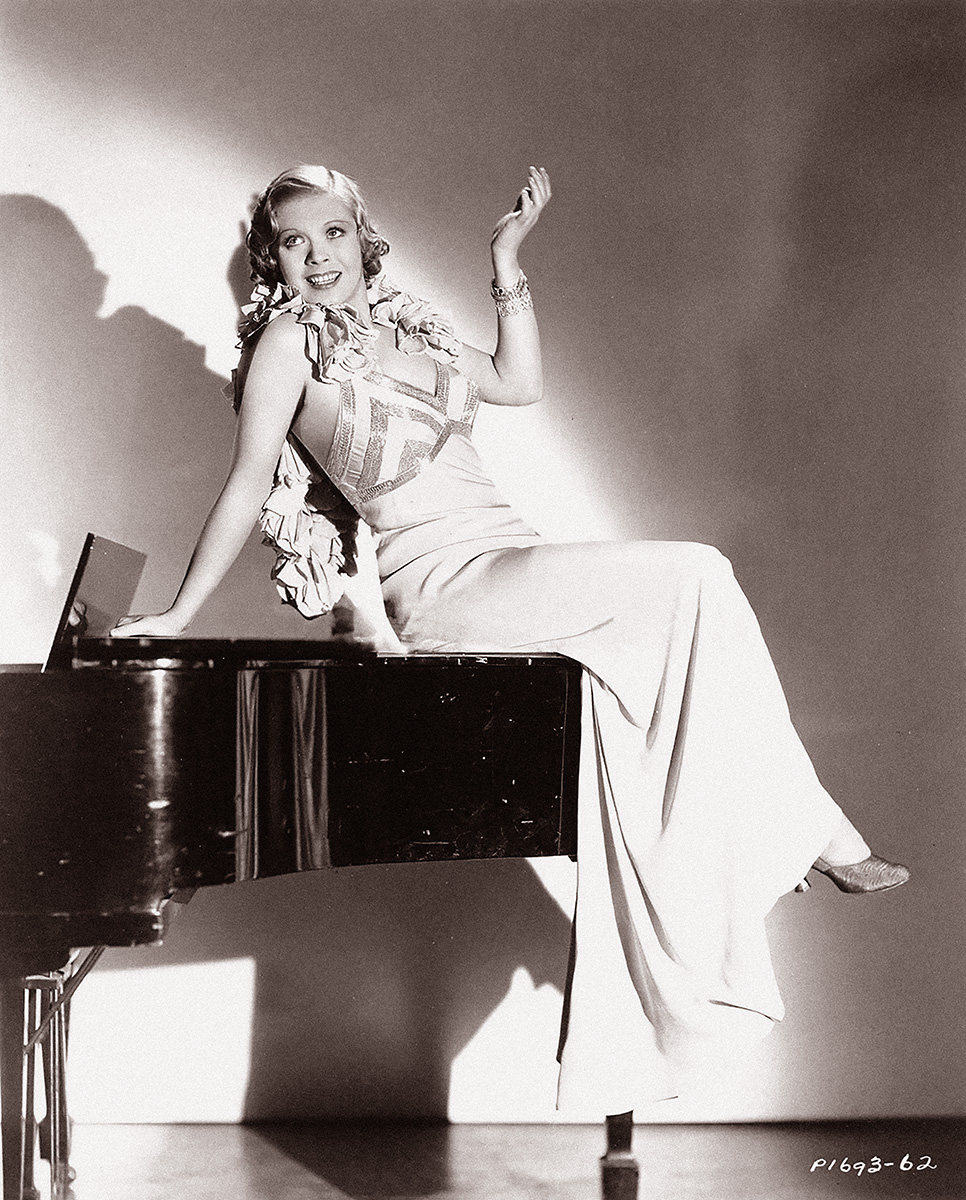
The photo is seen in a smaller size on the opposite of the set as well:
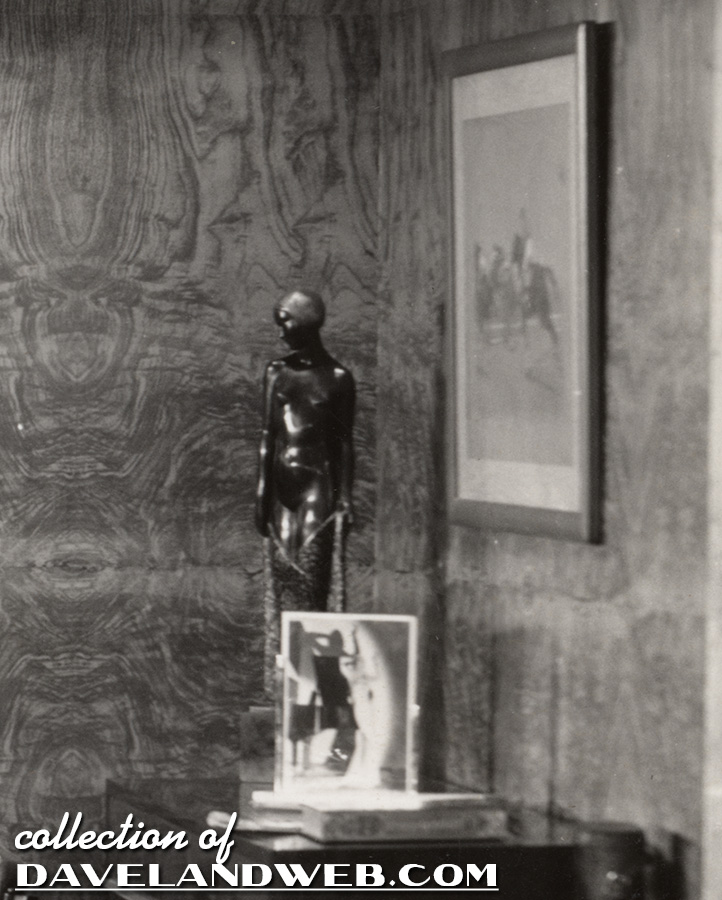
Shirley expert supreme, Rita Dubas, supplied these rare images of a poster using the Dorothy Dell image and a publicity shot when the film was still being called, “Half-Way Decent.” That title referred to the Sorrowful Jones character, who was not as crusty as he appeared. All it took were Shirley and Dorothy Dell to melt his heart. According to Rita, the film was named “Little Miss Marker” from January to April 7, 1934, changed to “Half-Way Decent” for a brief period, and then back to “Marker” by April 28th. Paramount obviously decided to put the focus on Shirley’s character by naming the film after her. They knew they had a goldmine!
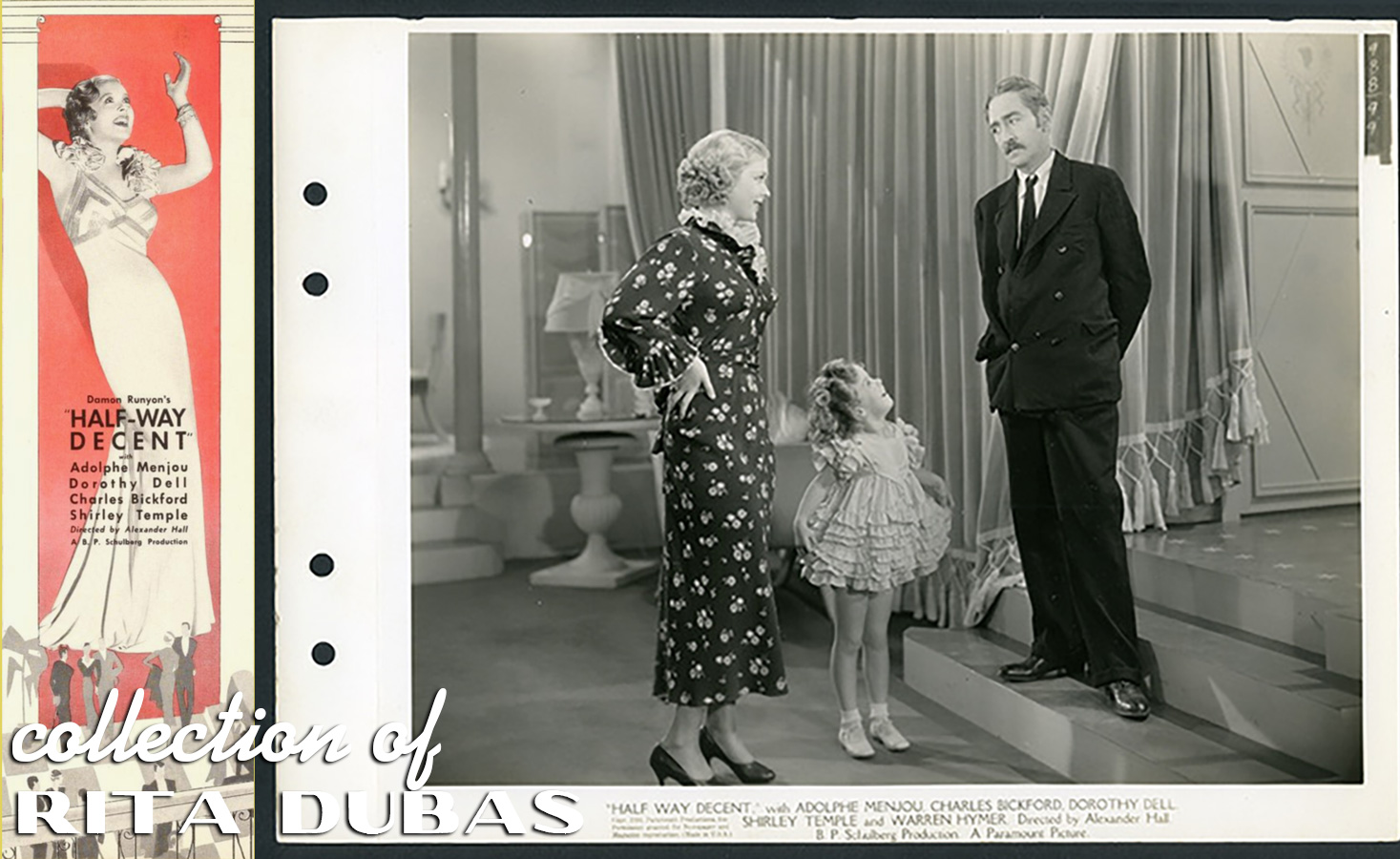
More to come from this topic!
See more Shirley Temple “Little Miss Marker” photos at my
main website.








